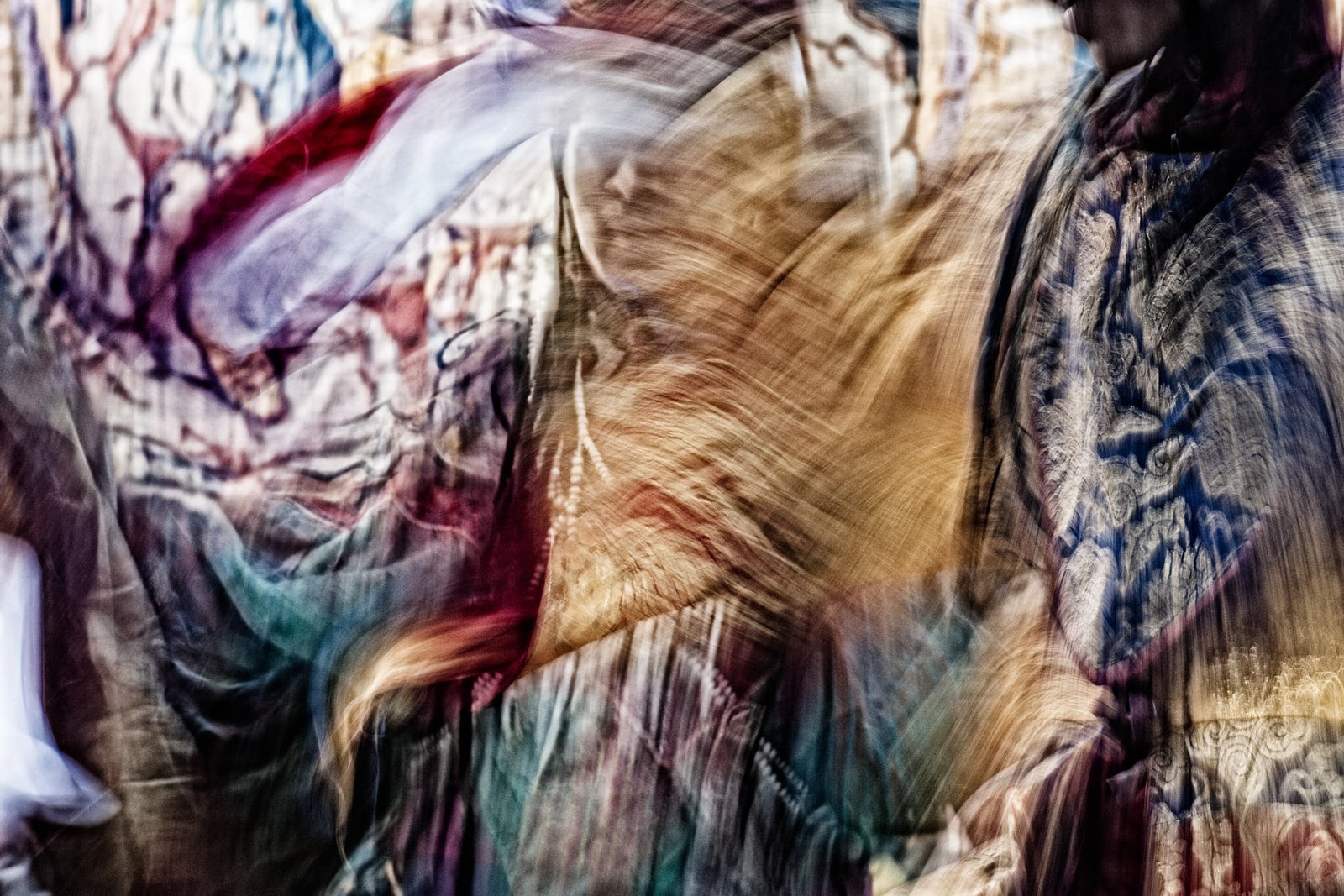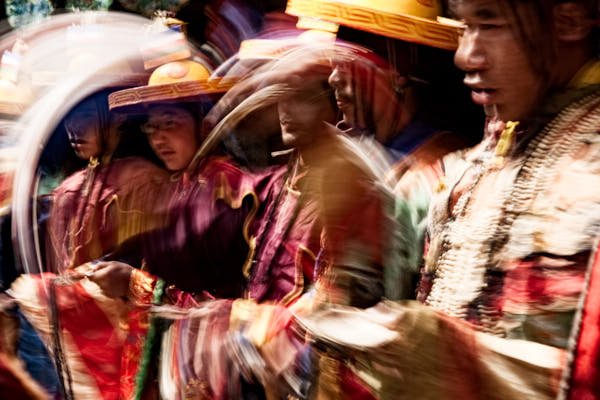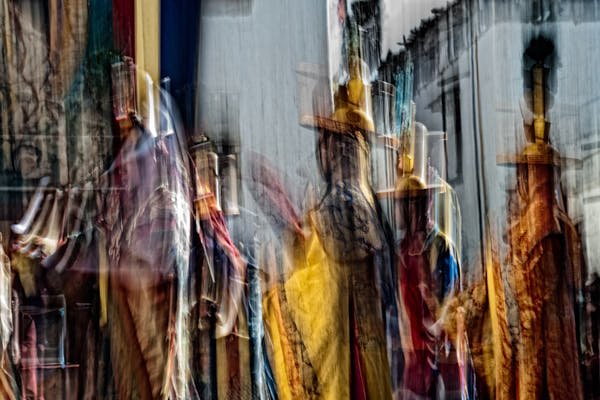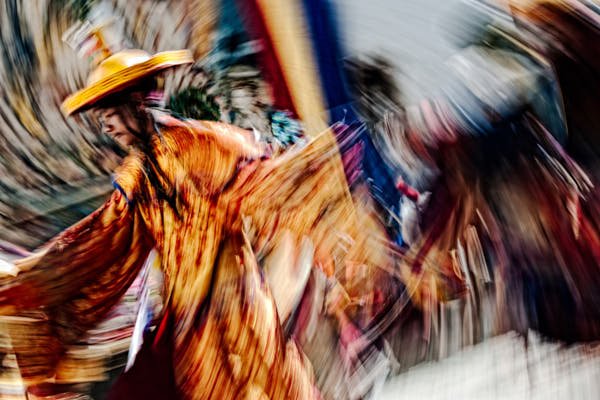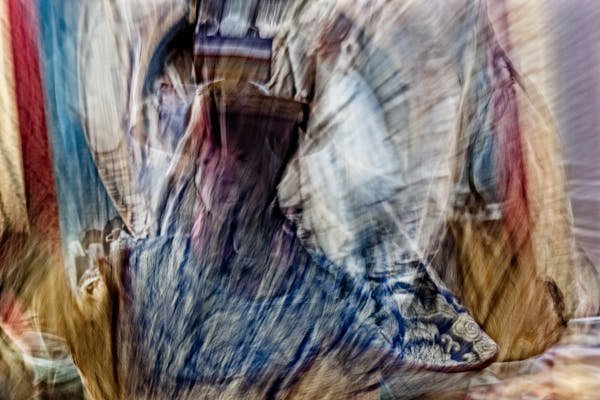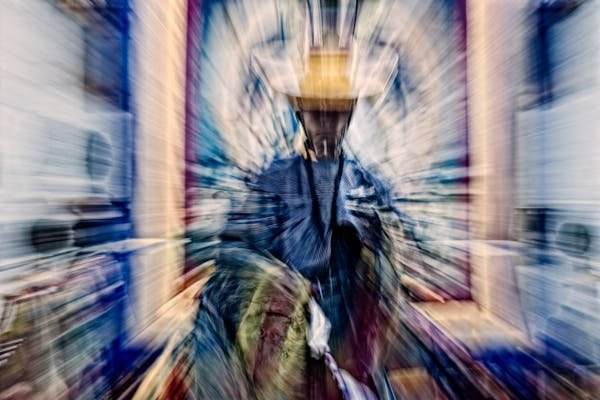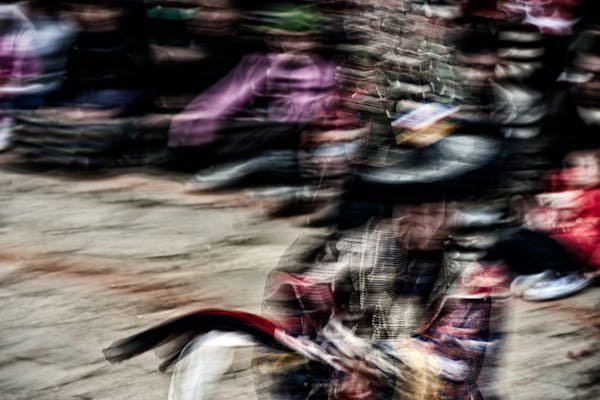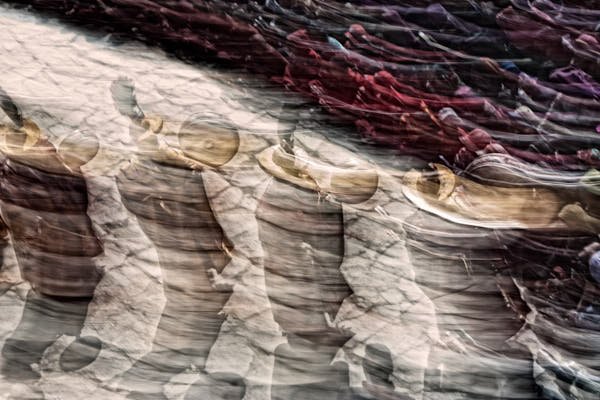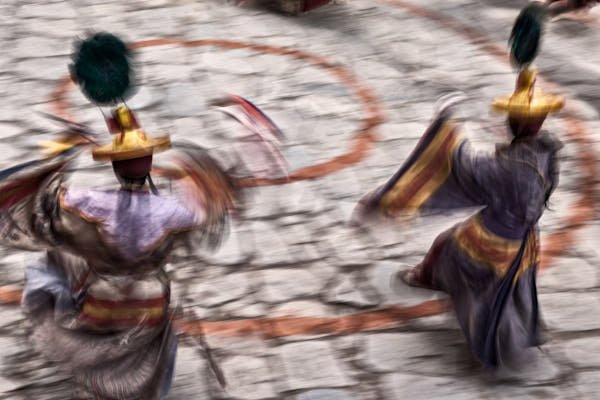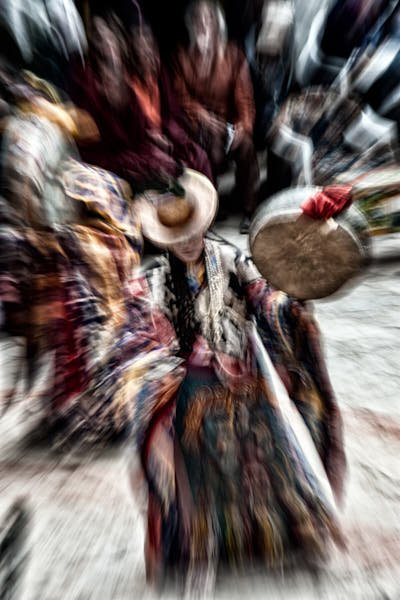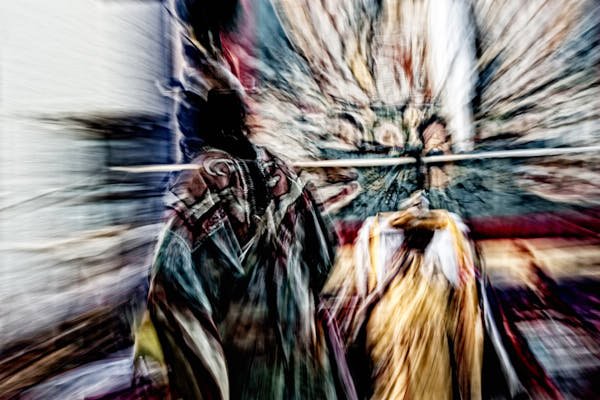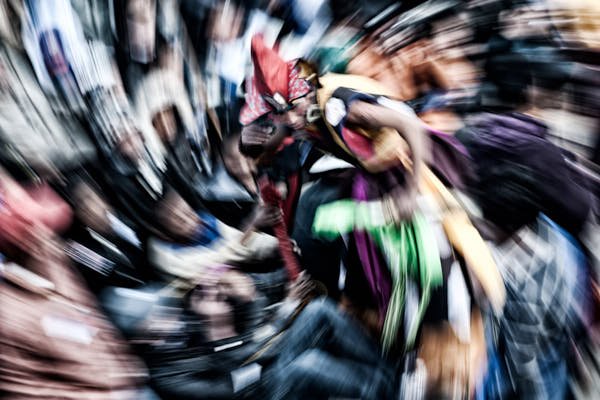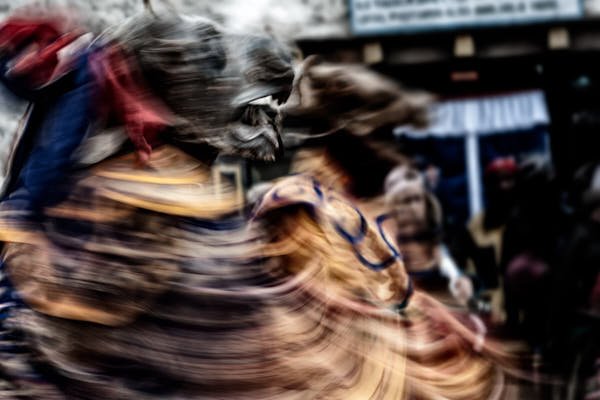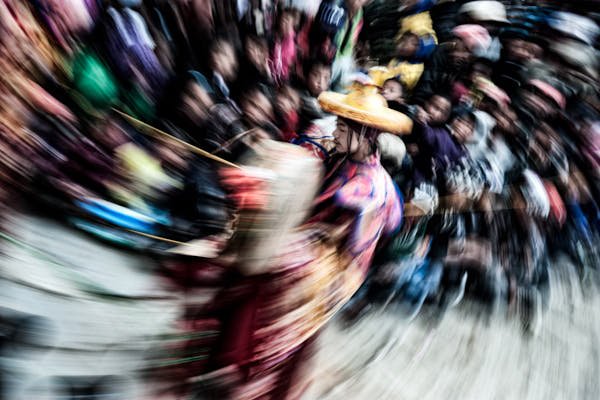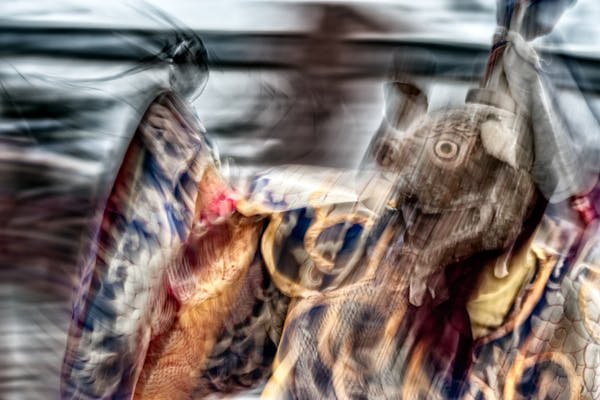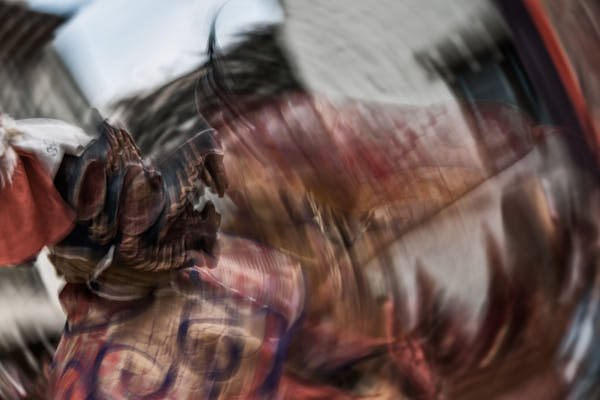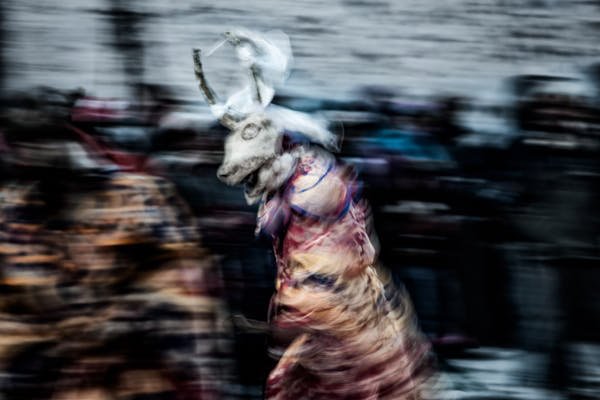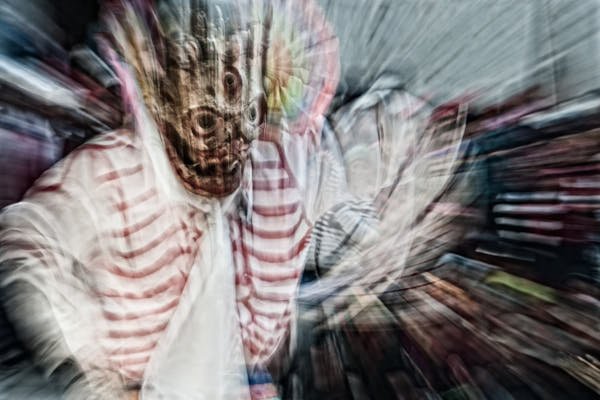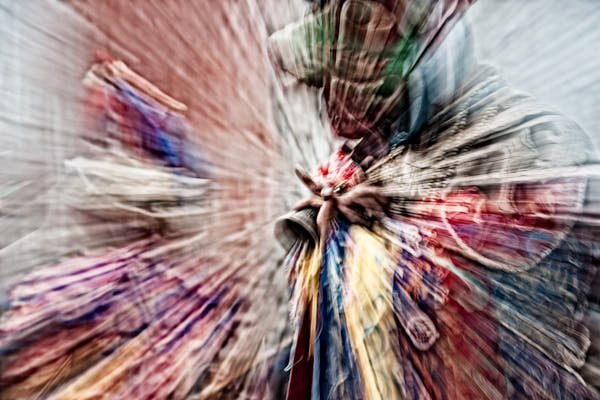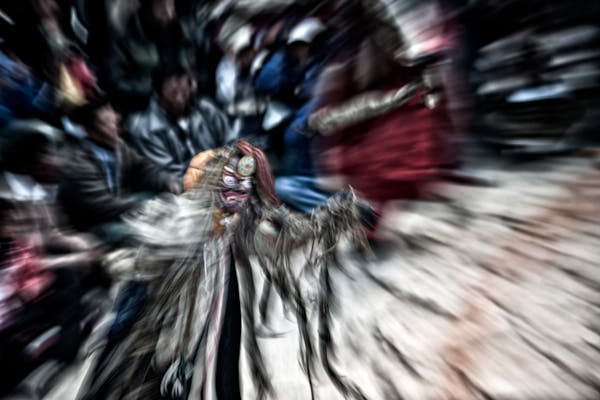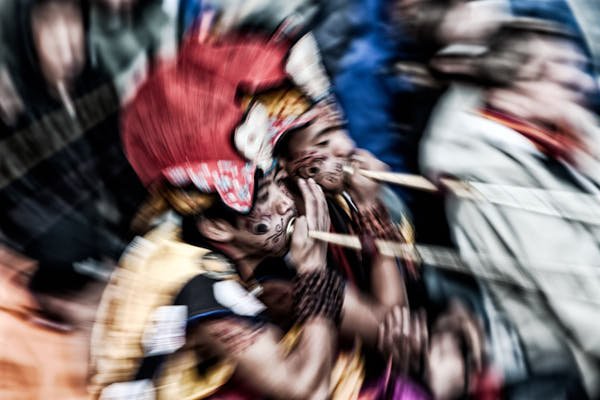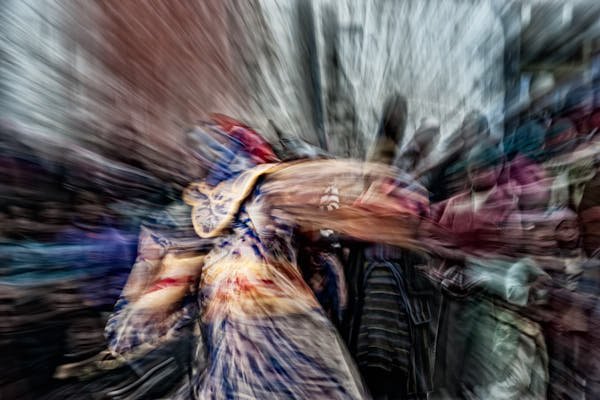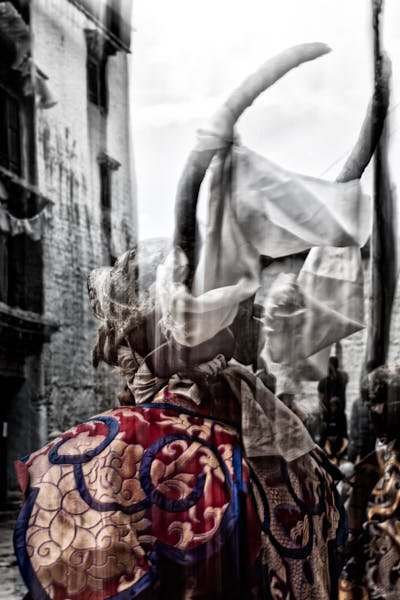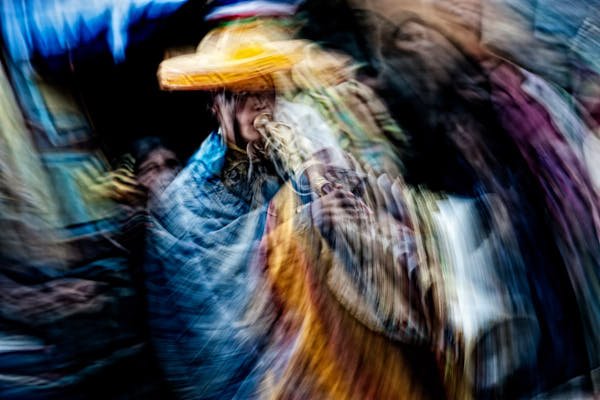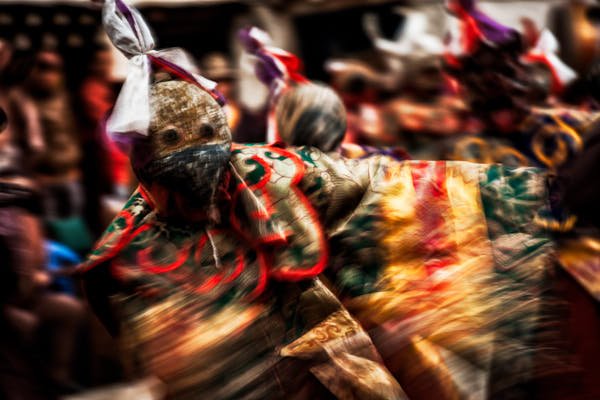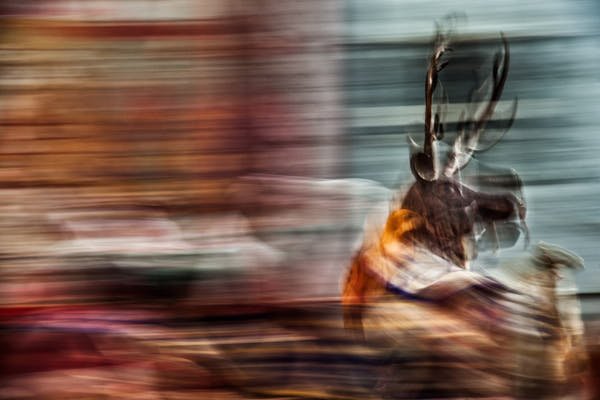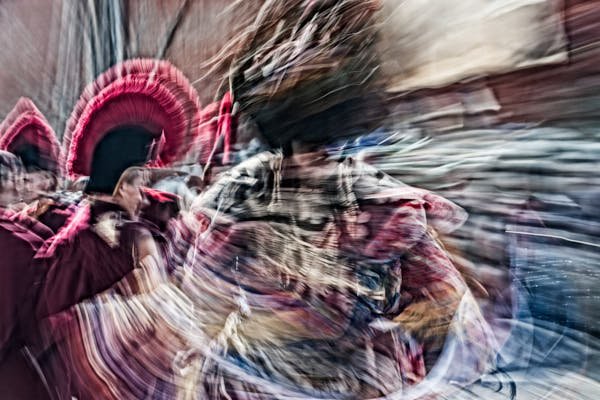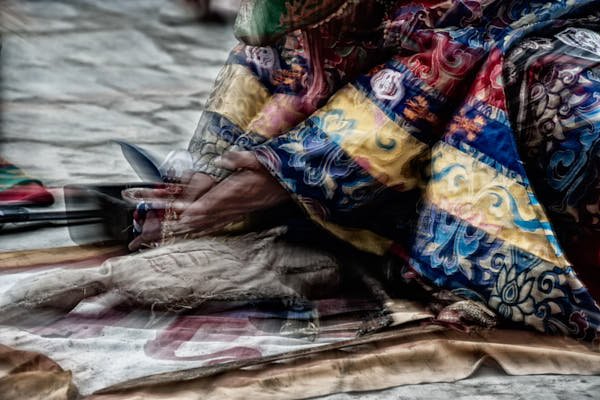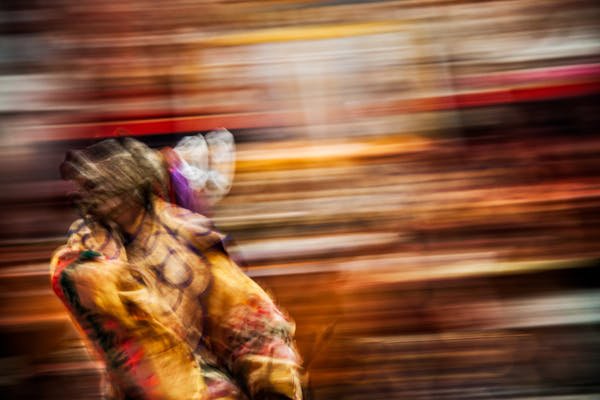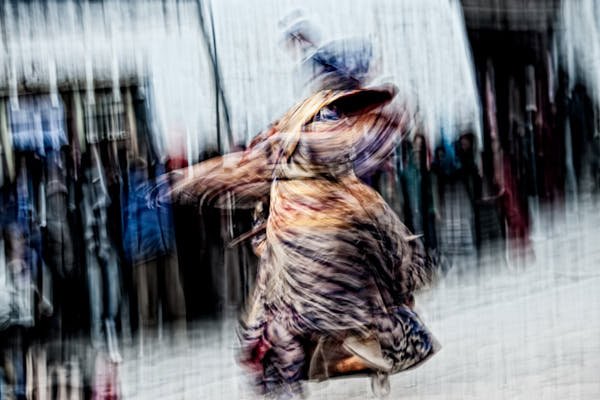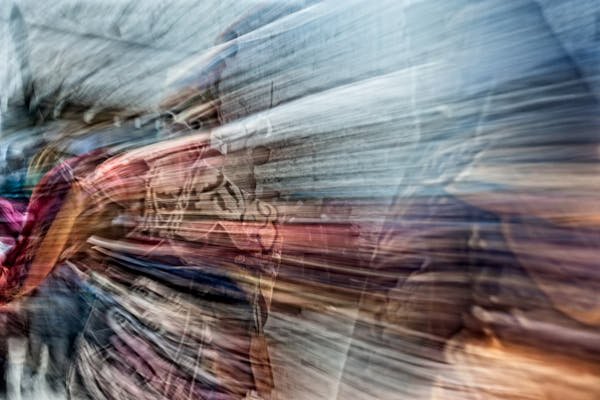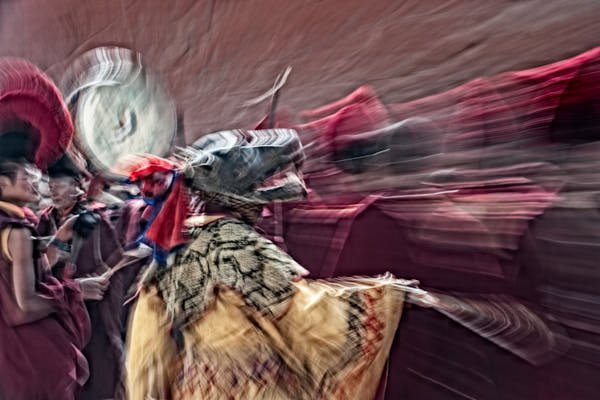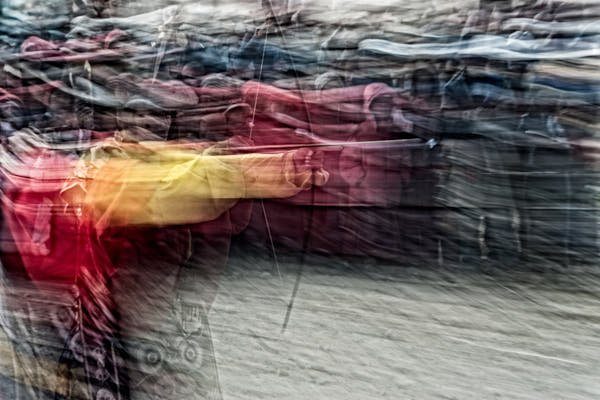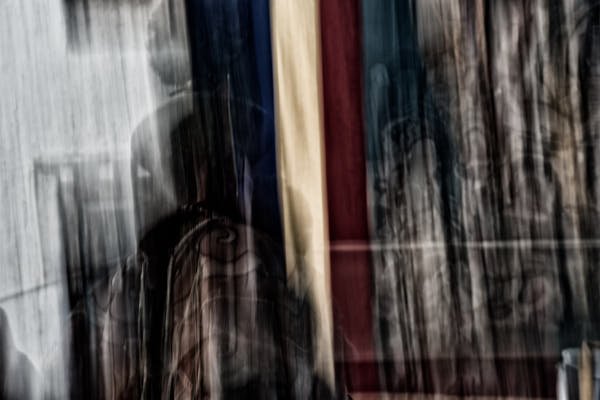The Teji Festival stands as the paramount celebration in Lo, uniting all residents in the region within the palace courtyard. Rooted in the myth of the deity Vajrakilaya, who incarnated to vanquish demons and malevolent forces responsible for unleashing hellish torment upon the earth, the festival unfolds as a vibrant spectacle. Empowered by the deity's intricate dances and the diverse manifestations assumed, Vajrakilaya successfully subdues the demonic forces, ushering in an era of tranquility and prosperity for the nation. In essence, the festival becomes a joyous commemoration of the ultimate victory of good over evil.
Throughout the immersive three-day masked dance festival, Vajrakilaya unfolds his diverse forms, accompanied by the unveiling of an ancient thangka depicting Padmasambhava. For the residents of Mustang, Teji transcends beyond a mere celebration; it transforms into a sacred religious pilgrimage. Devotees from across the region converge to partake in this ceremony, turning Teji into a spiritual gathering that holds profound significance for believers.
The belief holds firm that the act of attending Teji in itself bestows merit upon those who partake in the observation. An accomplished monk assumes the pivotal role of the key dancer and leader of the ceremony, embodying the deity Vajrakilaya, the one who triumphs over demons and dispels all malevolence. The chosen monk must undergo special initiations, possess a deep understanding of scriptures and specific dance rituals, and recite passages during trance-like states.
Preparation for this sacred role involves a rigorous three-month solitary retreat, where the monk remains in isolation to focus his mind and purify himself through the recitation of mantras. In a spectacle reminiscent of an ancient passion play, adorned in vibrant masked costumes, skilled dancers leap and twirl, holding the mesmerized audience captive as they witness the symbolic defeat of evil.
